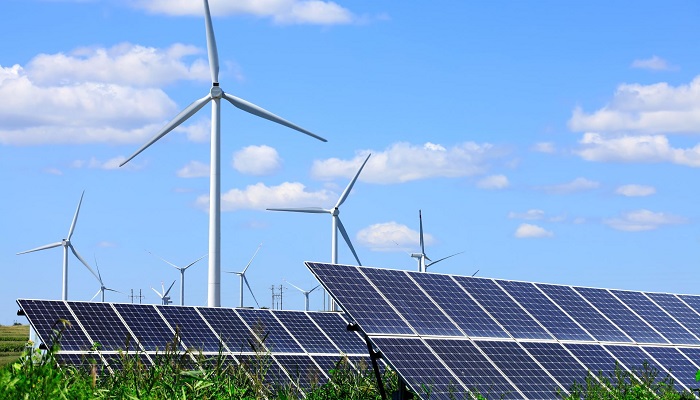The Council and the Parliament’s negotiating team struck a provisional political solution on March 30 to increase the share of renewable energy in the EU’s total energy use to 42.5% by 2030, with an additional 2.5% indicated as a top-up to reach 45%. Interestingly, each member country will participate in this common goal. This interim political agreement must now be approved by both institutions.
The Council as well as the Parliament negotiators have reached a preliminary agreement on more aggressive sector-specific targets when it comes to transportation, industry, buildings, and district heating and cooling. The sub-targets’ objective is to accelerate the acquisition of renewables in industries where integration has been slower.
Transport
The interim agreement allows member nations to select between:
- Binding aim of a 14.5% reduction in greenhouse gas density in transportation from the use of renewables by 2030.
- or a binding percentage of at least 29% renewables in transportation as the final use of energy by 2030.
The provisional agreement establishes a binding combined sub-target of 5.5% for advanced biofuels, which are often sourced from feedstocks other than food, and renewable sources of non-biological origin, namely renewable hydrogen and hydrogen-based synthetic fuels. Within this aim, a minimum of 1% of renewable fuels of non-biological origin (RFNBOs) in the percentage of renewable energies provided to the transportation sector is required in 2030.
Industry
Based on the preliminary agreement, industry will boost its use of renewable energy by 1.6% every year. It is decided that by 2030, 42% of the hydrogen used in the sector should originate from RFNBOs, and 60% by 2035.
Under two conditions, the agreement allows member countries to discount the share of RFNBOs in industrial use by 20%.
- If the member countries’ national contributions to the binding overall EU objective are as projected
- The portion of hydrogen from fossil fuels consumed in member country will be no more than 23% in 2030 and 20% in 2035.
Structures, heating, and cooling
The preliminary agreement sets a target of minimum 49% renewable energy share in buildings by 2030.
It calls for a gradual rise in environmentally friendly heating and cooling goals, with a national mandated increase of 0.8% per year until 2026 and 1.1% from 2026 to 2030.
Bioenergy
The interim agreement tightens the sustainability criteria for biomass energy use, lowering the danger of unsustainable bioenergy production. It assures the application of the cascading principle, with an emphasis on assistance schemes and adequate consideration for national specifications.
Faster project approvals
The preliminary accord aims for quicker permitting for renewable energy projects. The goal is to accelerate the deployment of renewable energies as part of the EU’s REPowerEU plan so as to get freedom from Russian fossil fuels following Russia’s invasion of Ukraine.
Member states will establish renewables acceleration zones in which renewable energy projects will be granted permits in a simplified and expedited manner. Renewable energy deployment will also be deemed to be in the overriding public interest, limiting the grounds for judicial challenges to new installations.
Forthcoming steps
The initial political agreement agreed on March 30 will be presented for approval to the EU member states’ representatives in the Committee of Permanent Representatives in the Council, followed by the Parliament’s approval.
The directive must then be formally accepted by both the Parliament and the Council before being published in the EU’s Official Journal.
Background
The proposal to update the renewable energy regulation, together with other ideas, addresses the energy components of the EU’s climate transition as part of the ‘Fit for 55’ package.
The Commission unveiled the ‘Fit for 55’ package on July 14, 2021. This package intends to match the EU’s environmental and energy legal structure with its 2050 climate neutrality goal as well as its 2030 goal of lowering net greenhouse gas emissions by a minimum of 55% from 1990 levels.
Furthermore, as part of the REPowerEU strategy, the Commission proposed a number of additional targeted revisions to the renewable energy directive on May 18, 2022, to reflect recent changes in the energy sector. The proposal’s parts were incorporated into the agreement, which was discovered on March 30.





































